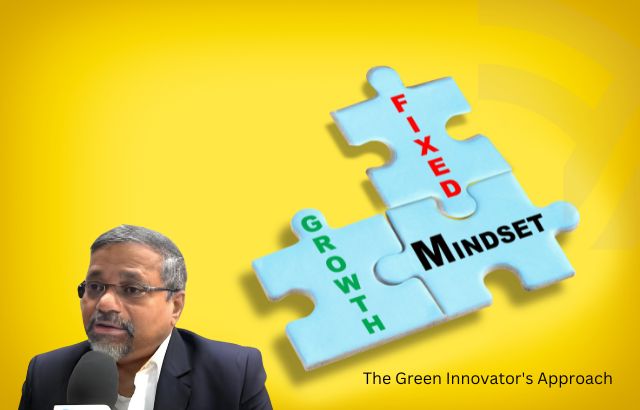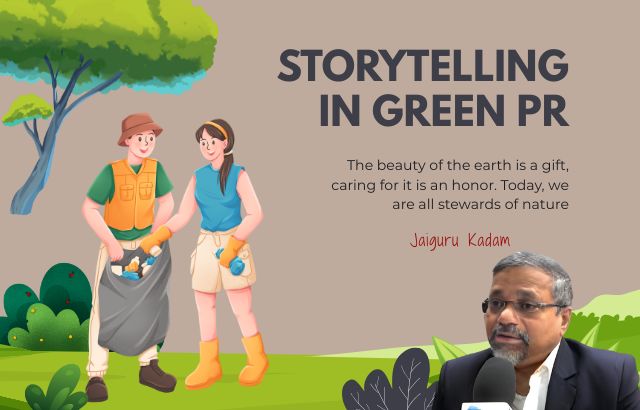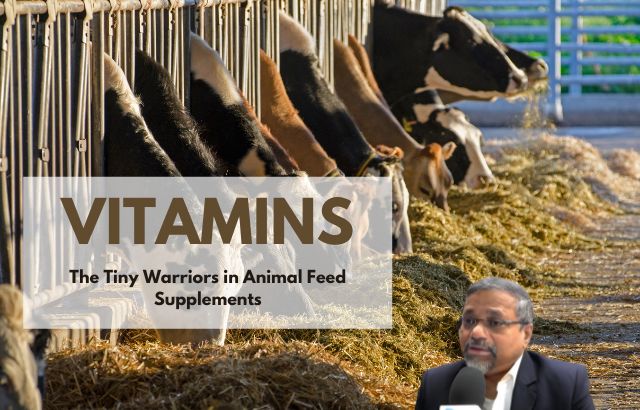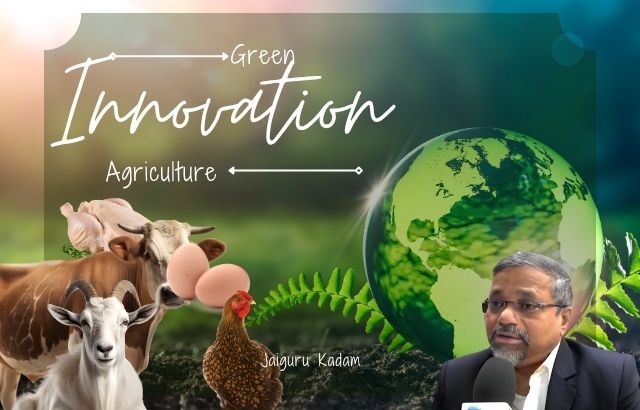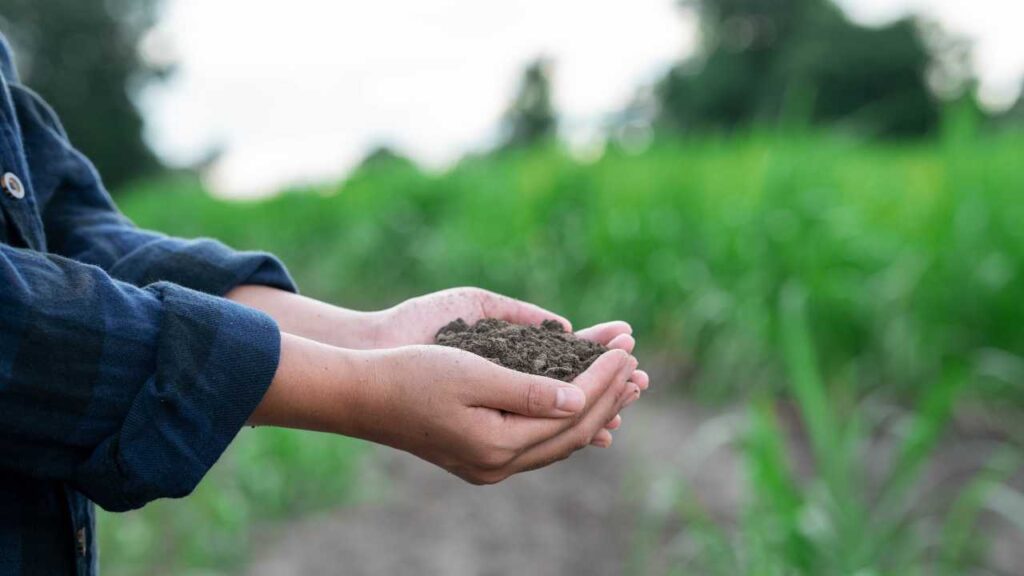The key difference is in how each mindset views potential: fixed sees it as limited, while growth sees it as expandable. Research suggests that adopting a growth mindset can lead to greater resilience, motivation, and success over time, since it encourages adaptability and a love for learning. In practice, it’s not always black-and-white—most people fall somewhere on a spectrum between the two, depending on the situation.
In the world of green innovation, the mindset we hold can play a crucial role in shaping our approach to sustainability, particularly in the agricultural sector. Understanding the contrast between a fixed mindset and a growth mindset is key for innovators striving to develop solutions that not only tackle environmental challenges but also drive progress. Let’s dive into how each mindset influences the work of green innovators, including agricultural pioneers like Jaiguru Kadam.
Fixed Mindset vs Growth Mindset: Definitions
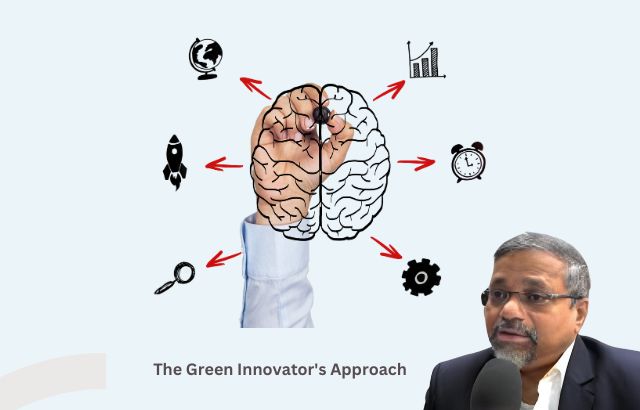
Fixed Mindset: Those with a fixed mindset believe their abilities, talents, and intelligence are fixed traits. They often shy away from challenges, fear failure, and believe that effort doesn’t necessarily lead to improvement.
Growth Mindset: In contrast, individuals with a growth mindset believe that skills and intelligence can be developed through dedication, effort, and learning. They embrace challenges, learn from failures, and continuously strive for improvement.
Green Innovator’s Approach: A Mindset Shift
In the context of green innovation, a growth mindset is especially vital. Green innovators need to approach sustainability with creativity, persistence, and a willingness to learn from setbacks.
Example of Fixed vs Growth Mindset in Green Innovation
Fixed Mindset Example: An innovator in agriculture might think, “There’s no way to increase crop yield without using harmful pesticides. This is the only method I know, and it’s too late to change.” This mindset leads to stagnation and missed opportunities for more sustainable solutions.
Growth Mindset Example: Conversely, a green innovator with a growth mindset might think, “Although it’s challenging to grow crops sustainably, with the right techniques and tools, I can improve the yield while protecting the environment.” This mindset fosters resilience, experimentation, and learning, leading to new, eco-friendly agricultural practices.
Role of Green Innovators
Green innovators play a vital role in transforming industries and practices by developing sustainable solutions. Their contributions include:
- Researching and Developing Sustainable Solutions: Innovators find ways to reduce waste, lower emissions, and conserve resources.
- Promoting Environmental Awareness: Educating communities and industries about the importance of sustainability and eco-friendly practices.
- Implementing Green Technologies: Integrating green technologies like renewable energy, waste management systems, and sustainable farming techniques into industries.
- Collaborating with Stakeholders: Green innovators work with governments, businesses, and local communities to create a more sustainable future.
Jaiguru Kadam: Agriculture Green Innovator
Jaiguru Kadam is a visionary in the field of sustainable agriculture. His work focuses on organic farming practices and innovative methods for increasing crop yield while minimizing environmental impact. By adopting a growth mindset, he developed techniques that helped farmers reduce dependency on chemical fertilizers and pesticides.
Calculations by Jaiguru Kadam
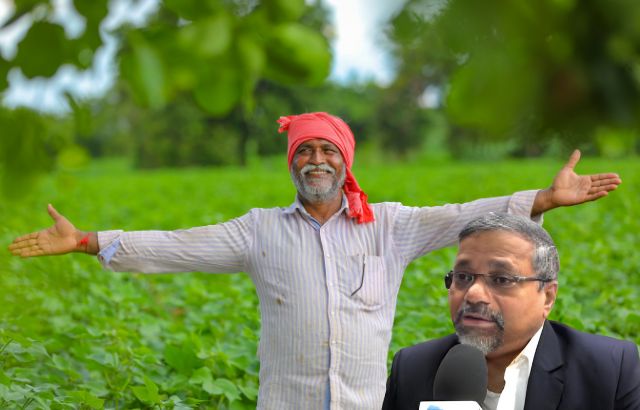
Scenario: Jaiguru implemented organic farming techniques that reduced pesticide usage by 40%. In a region that produces 1,000 tons of crops annually, this reduced pesticide use leads to:
Previous pesticide usage: 100 tons
New pesticide usage (after 40% reduction): 60 tons
Amount of pesticide saved annually: 40 tons
This significant reduction contributes to cleaner soil, water, and healthier crops.
Eye-opening facts
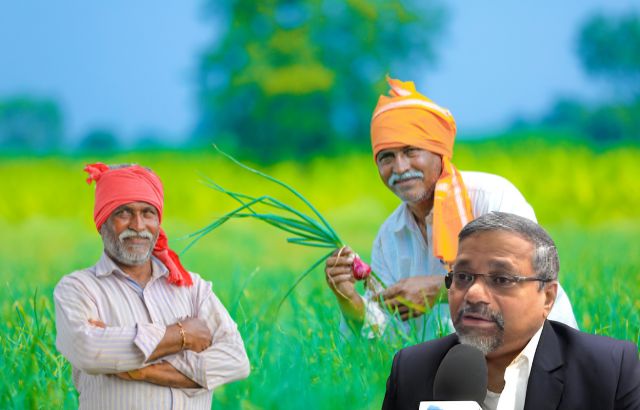
To further illustrate the power of green innovation and a growth mindset in agriculture, consider the following statistics:
- 33% of the global food supply is produced using organic farming methods, which help conserve biodiversity.
- 40% reduction in pesticide use can be achieved through organic farming practices.
- Farmers who adopt sustainable farming methods report up to 20-30% increase in overall crop yield due to healthier soil and reduced water usage.
- Global green innovation investments have increased by 15% in the last five years, signaling a shift towards more eco-friendly technologies.
Frequently Asked Questions (FAQs)
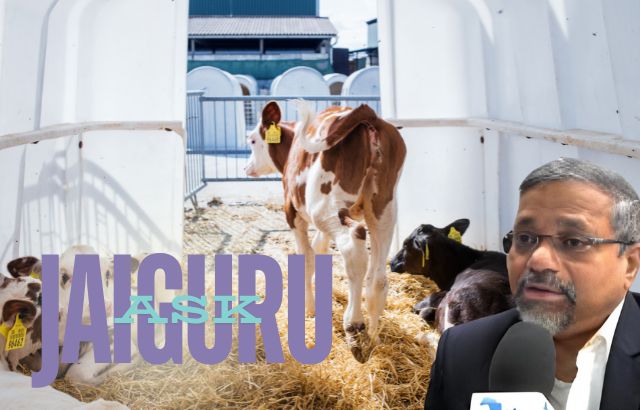
1. What is the difference between a fixed mindset and a growth mindset?
A fixed mindset believes that intelligence and abilities are innate and unchangeable, while a growth mindset believes that intelligence and skills can be developed through effort and learning.
2. How does a growth mindset benefit green innovation?
A growth mindset encourages continuous improvement, experimentation, and learning, which is essential in green innovation where new, sustainable solutions are constantly evolving.
3. Can anyone become a green innovator?
Yes, anyone with a passion for sustainability, a willingness to learn, and the drive to innovate can become a green innovator. It requires dedication, research, and a growth mindset.
4. How does Jaiguru Kadam contribute to sustainable agriculture?
Jaiguru Kadam develops and promotes organic farming techniques that help reduce environmental impact, improve soil health, and increase crop yield without relying on harmful chemicals.

